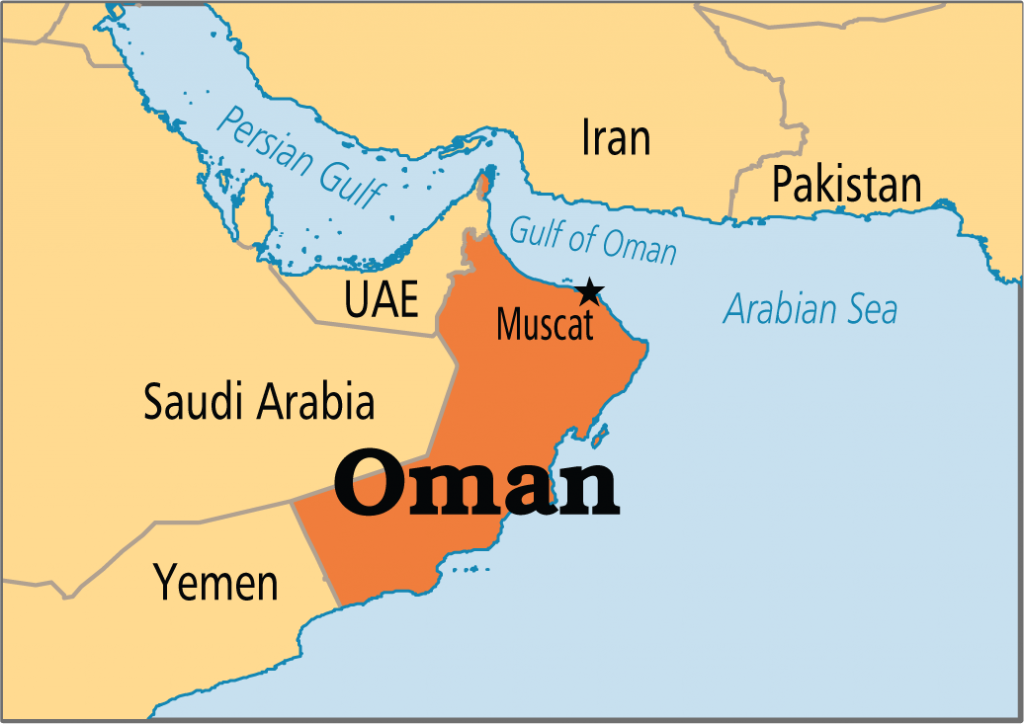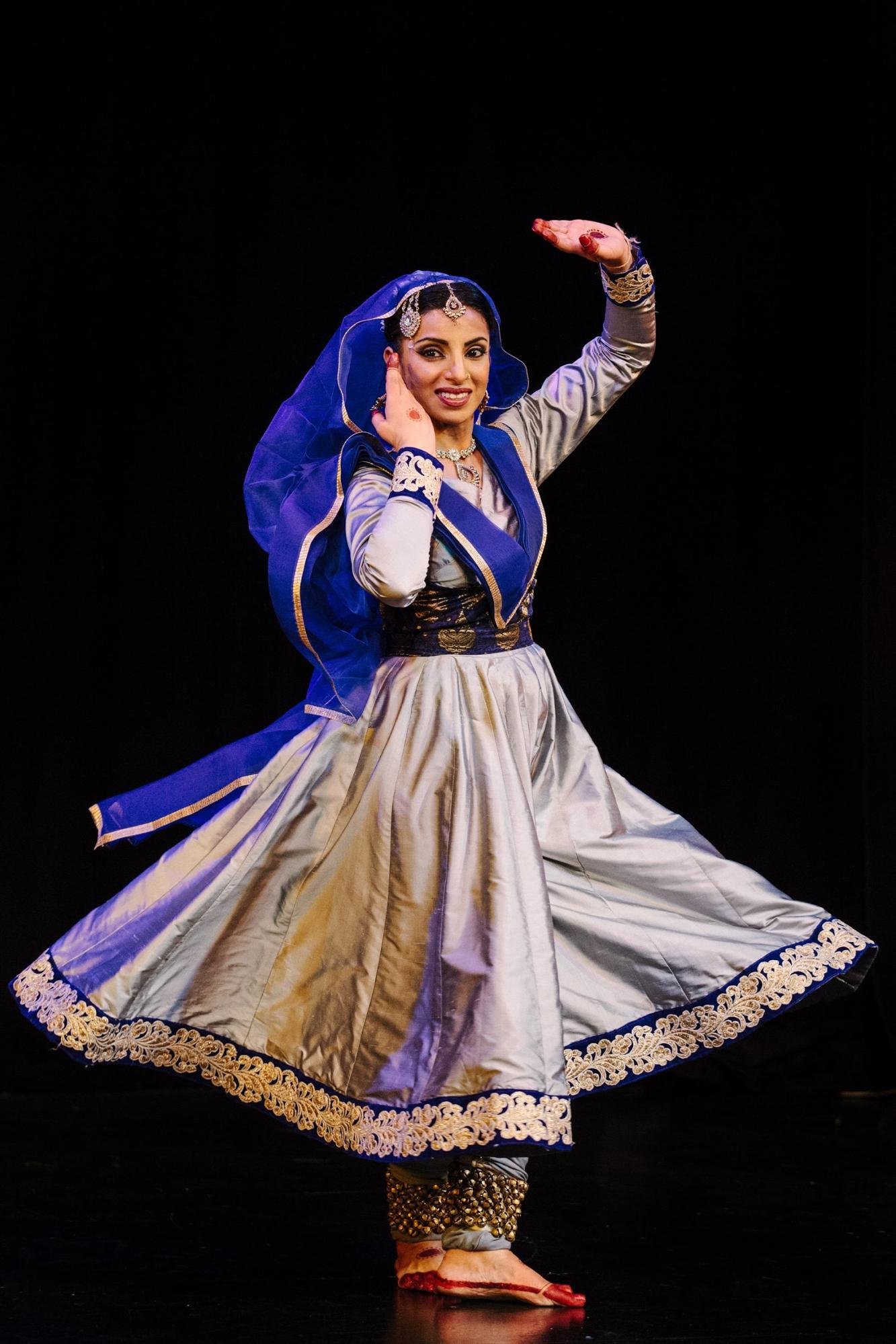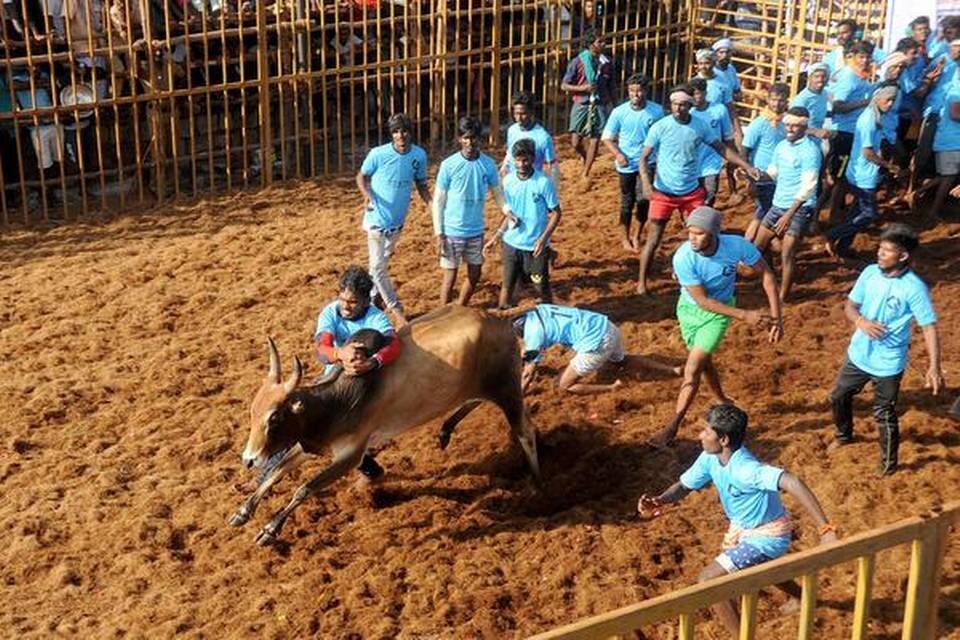World Economic Situation and Prospects 2020
Why in News
The United Nations Conference on Trade and Development (UNCTAD), United Nations Department of Economic and Social Affairs (UN DESA) and the five United Nations Regional Economic Commissions have jointly released the World Economic Situation and Prospects 2020 (WESP) recently.
- The report warns about strong economic risks, deep political polarization and increasing scepticism about the benefits of multilateralism.
Key Points Related to India
- The report suggested that India needs to implement structural reforms to face a global as well as Indian economic slowdown.
- The combination of fiscal stimulus, loose monetary policy and financial sector reforms is expected to support a recovery in growth to 6.6 %.
- India experienced a sharp drop from 6.8% in 2018 to 5.7 % in 2019
- The report also indicated that India may be among the few countries where the per capita GDP growth rate could exceed 4 % in 2020.
- Per capita GDP is the ratio of the country's gross domestic product by its total population.
Fiscal Stimulus
- It refers to an increase in public spending or a reduction in the level of taxation by a government so as to put more money in the hands of consumers.
- It is an attempt to encourage and support economic growth.
Other Findings
- World’s fastest-growing region: East Asia, which also remains the largest contributor to global growth.
- Growth in large emerging countries: Brazil, India, Mexico, Russia and Turkey are expected to gain economic momentum in 2020.
- Shift in Global economic decision power: The shift in global economic decision-making power from the EU, the US and other developed countries towards China, India and other developing countries has been observed. Thus Global cooperation mechanisms will need to recognise this shifting balance.
- Per capita income: One in five countries will see per capita income stagnate or decline in 2020.
- Per capita income measures the average income earned per person in a given area in a specified year.
- Poverty reduction: The share of the population living in extreme poverty has declined steadily and significantly over the past few decades, largely owing to successful experiences in China and India.
- Impact of climate change on economy: Climate disruption poses a serious and growing threat to short- and long-term economic prospects.
- One of the primary ways to break the link between greenhouse gas emissions and economic activity is to change the energy supply mix, transitioning from fossil fuels to renewable sources of energy. This transition will require policies that steer nations towards carbon neutrality by 2050.
- Roadblocks for Sustainable Development Goals: The prolonged weakness in global economic activity may severely impact the implementation of Sustainable Development Goals.
UNCTAD
- United Nations Conference on Trade and Development (UNCTAD) was established in 1964 to promote development-friendly integration of developing countries into the world economy.
- UNCTAD is a permanent intergovernmental body headquartered at Geneva in Switzerland.
- Some of the reports published by it are:
- Trade and Development Report
- World Investment Report
- The Least Developed Countries Report
- Information and Economy Report
- Technology and Innovation Report
- Commodities and Development Report
GSAT-30
Why in News
Recently, the Indian Space Research Organisation (ISRO) has launched telecommunication satellite GSAT-30 into a Geosynchronous Transfer Orbit (GTO) from Kourou launch base, French Guiana by European Ariane-5 VA-251.
- GSAT-30 satellite will replace INSAT-4A which was launched in 2005.
- A European communication satellite named EUTELSAT KONNECT was also launched with GSAT-30.
Key Points
- Weight:
- GSAT-30 weighs 3,357-kg and will be gradually adjusted into a orbit 36,000 km from the earth.
- Launched from:
- It was launched from the foreign launcher because it is much heavier than the lifting capacity of its geostationary launch vehicle GSLV-MkII (It has the capacity to lift 2500kg).
- The GSLV-MkIII can lift up to 4,000 kg, but ISRO plans to use the upcoming MkIIIs mainly for its first human space flight Gaganyaan of 2022.
- It was launched from the foreign launcher because it is much heavier than the lifting capacity of its geostationary launch vehicle GSLV-MkII (It has the capacity to lift 2500kg).
- Use:
- It will provide DTH (direct to home) television services, connectivity to VSATs (that support working of banks') ATMs, stock exchange, television uplinking and teleport services, digital satellite news gathering and e-governance applications.
- The satellite will also be used for bulk data transfer for a host of emerging telecommunication applications.
- Coverage :
- The satellite provides Indian mainland and islands coverage in Ku-band and extended coverage in C-band covering Gulf countries, a large number of Asian countries and Australia.
Geosynchronous Orbit
- Geosynchronous satellites are launched into orbit in the same direction the Earth is spinning and can have any inclination. While geostationary orbit lie on the same plane as the equator.
- In the case of geostationary satellites, the Earth’s force of gravity is exactly enough to provide acceleration required for circular motion.
- Geosynchronous Transfer Orbit(GTO): To attain geostationary or geosynchronous earth orbits, a spacecraft is first launched into a Geosynchronous Transfer Orbit.
- From the GTO the spacecraft uses its engines to shift to geostationary or geosynchronous orbit.
NLU Report on Death Sentence
Why in News
Recently, the fourth edition of ‘The Death Penalty in India: Annual Statistics’ was published by Project 39A of National Law University (NLU), Delhi.
- The report states that higher number of death sentences awarded in India in recent years relates to the cases of sexual offences.
Key Points
- The number of death sentences awarded for murders involving sexual offences in 2019 was the highest in four years.
- Trial courts: Imposed 102 death sentences in 2019, a significant drop from 162 death sentences in 2018. However, the percentage of sexual offences in these cases increased from 41.35% in 2018 to 52.94% in 2019.
- High Courts: 65.38% of cases of confirmations of death sentences involved sexual offences along with murder.
- Supreme Court: In 2019, the SC dealt with 27 capital punishment cases, the highest number since 2001. It confirmed the death penalty of seven cases out of which four were of murder involving sexual offences. It commuted a total of 17 cases of the death penalty.
- Warrants Issued: Six death warrants were issued in 2019 against one in 2018, with all warrants eventually stayed by the courts.
- All warrants that were issued indicate a lack of compliance with the guidelines issued in the case of Shabnam vs Union of India (2015), which requires that a warrant for execution not be issued until the reasonable time for exhausting all remedies under the law has lapsed and specifies procedures to be followed in issuing such warrant.
- Reasons Stated
- Amendment to the Protection of Children from Sexual Offences (POCSO) Act, introducing stringent mandatory minimum punishments and death penalty for penetrative sexual assault on children was a major development.
- Andhra Pradesh’s amendment to the Indian Penal Code to introduce the death penalty for rape under Disha Act.
- Widespread discussions on capital punishment in 2019 involving sexual offences against women and children.
National Law University
- It was established in 2008 under the National Law University Act, 2007 with the objective of imparting comprehensive and interdisciplinary legal education.
Project 39A
- It is inspired by Article 39-A of the Indian Constitution, a provision that furthers the intertwined values of equal justice and equal opportunity by removing economic and social barriers.
- Using empirical research to re-examine practices and policies in the criminal justice system, Project 39A aims to trigger new conversations on legal aid, torture, DNA forensics, mental health in prisons, and the death penalty.
Species-rich Forests Offer Stable Carbon Capture
Why in News
Surveys conducted inside Anamalai Tiger Reserve has shown that carbon storage was highest in species-rich evergreen forest.
- The study was conducted in the natural evergreen and deciduous forests and in teak and eucalyptus plantations.
- The results showed that the species-rich evergreen forests stored carbon at approximately 300 tons per hectare. The storage in teak and eucalyptus plantations was 43% and 55% less, respectively.
- The researchers also found that the rates of carbon capture remained nearly the same year after year in natural forests as compared with plantations.
Significance
- Transforming reforestation policies:
- According to government data, currently, five species or less are used for compensatory afforestation plantations which are way lower than natural forests.
- Protecting and regenerating natural forests comprising a diverse mix of native tree species is more reliable in the long term than raising monoculture or species-poor plantations as a strategy for mitigating climate change.
- Inadequacy of variety of species is not good for biodiversity and for the stability of carbon capture.
- Benefitting biodiversity: Species-rich forests are beneficial for biodiversity as they also provide habitat to diverse flora and fauna. Previous studies have shown that species-rich forests are also resistant to diseases.
- Securing resources: Species-rich forests have better resistance to forest fire because different trees have varying degrees of fire resistance depending on the thickness of the bark.
Anamalai Tiger Reserve
- It is one of the four Tiger Reserves in Tamil Nadu. Mudumalai, Kalakad-Mundanthurai Tiger Reserves and Sathyamangalam Wildlife Sanctuary are the other three.
- It falls within the Western Ghats range of South West India, a region designated as one of the 25 Global Biodiversity Hotspots.
- Animals and birds found: Elephant, gaur, tiger, panther, sloth bear, wild boar, wild dog, Nilgiri langur, lion-tailed macaque, sambar, four horned antelope, chital, the trogar, pied hornbill and several eagles.
- The Tiger Reserve supports diverse habitat types like Wet evergreen forests, semi evergreen forests, moist deciduous, dry deciduous, dry thorn and shola forests. Other unique habitats like montane grasslands, savannah and marshy grasslands are also present.
Arab World's Longest-Serving Ruler Passes Away
Why in News
Oman’s Sultan Qaboos bin Said Al Said, the Arab world's longest-serving ruler, has died.
- In 1970, with the help of British, Qaboos overthrew his father in a bloodless coup, emerging as the Sultan at age 29.
- He ruled Oman for almost half a century.
- His cousin Haitham bin Tariq Al Said has been sworn as his successor.
Oman 
- Oman is the oldest independent state in the Arab world.
- It occupies the southeastern coast of the Arabian Peninsula at the confluence of the Persian Gulf and Arabian Sea.
- Geography
- Much of the country’s interior falls within the desert of the Rubʿal-Khali. The region is still the domain of Bedouin nomads.
- Bedouins are Arabic-speaking nomadic peoples of the Middle Eastern deserts, especially of North Africa, the Arabian Peninsula, Egypt, Israel, Iraq, Syria, and Jordan.
- Polity
- Oman is governed by a monarchy (sultanate) with two advisory bodies.
- The sultan is Oman's paramount decision-maker, and also holds the positions of the prime minister, supreme commander of the armed forces, minister of defence, finance and foreign affairs.
- Oman also recognizes the right to different forms of worship.
- As an independent mediator
- Oman was able to facilitate secret talks between the United States and Iran in 2013 that led to the landmark nuclear deal in 2015.
- Oman was the only Gulf Cooperation Council (GCC) country not to join a Saudi-led military coalition against Iran-backed Shiite Houthi rebels in Yemen.
- India- Oman relations
- Oman is a strategic partner of India in the Gulf and an important interlocutor at the Gulf Cooperation Council (GCC), Arab League and Indian Ocean Rim Association (IORA) fora. Oman also accords a high priority to its ties with India.
- The two countries across the Arabian Sea are linked by geography, history and culture and have cordial relations.
- These relations are attributed to historical maritime trade linkage and the seminal role played by the Indian expatriate community in the building of Oman. There are about 8 lakh Indians in Oman.
- India is among Oman’s top trading partners.
- For Oman, India was the 3rd largest source of its imports and 3rd largest market for its non-oil exports in 2018.
- Indian firms have invested heavily Oman in various sectors like iron and steel, cement, fertilizers, textiles,chemicals, automotive, etc.
Wasteful Expenses to Cut by 20%
Why in News
The Union Government has decided to reduce wasteful expenditure on items such as travel, food and conferences by 20%.
- The decision was taken in a recent meeting of the Cabinet Committee on Investment and Growth (CCIG).
- CCIG is a newly formed cabinet committee, constituted in June 2019.
- It is chaired by the Prime Minister.
Key Points
- The decision is to avoid fiscal slippage by containing non-development expenditure and controlling fiscal deficit well within the limit of budgeted target of 3.3% during the FY 2019-20.
- This is not the first time that the government has resorted to austerity measures for rationalisation of expenditure. In October 2014, the Government had asked to cut non-Plan expenditure by 10%.
- Such austerity measures are intended at promoting fiscal discipline, without restricting the operational efficiency of the Government.
- In the context of the current fiscal situation, there is a need to rationalise expenditure and optimise available resources.
Kathak
- It is one of the classical dances of India.
- The word Kathak has been derived from the word Katha which means a story. It is primarily performed in Northern India.
- Evolution:

- It was primarily a temple or village performance wherein the dancers narrated stories from ancient scriptures.
- Kathak began evolving into a distinct mode of dance in the fifteenth and sixteenth centuries with the spread of the Bhakti movement.
- The legends of Radha-Krishna were enacted in folk plays called rasa lila, which combined folk dance with the basic gestures of the kathak story-tellers.
- Under the Mughal emperors and their nobles, Kathak was performed in the court, where it acquired its present features and developed into a form of dance with a distinctive style.
- Under the patronage of Wajid Ali Shah, the last Nawab of Awadh, it grew into a major art form.
- Dance Style:
- Usually a solo performance, the dancer often pauses to recite verses followed by their execution through movement.
- The focus is more on footwork; the movements are skillfully controlled and performed straight legged by dancers wearing ankle-bells.
- Kathak is the only form of classical dance wedded to Hindustani or the North Indian music.
- Some prominent dancers include Birju Maharaj, Sitara Devi.
Bhakti Movement
- The development of Bhakti movement took place in Tamil Nadu between the seventh and ninth centuries.
- It was reflected in the emotional poems of the Nayanars (devotees of Shiva) and Alvars (devotees of Vishnu). These saints looked upon religion not as a cold formal worship but as a loving bond based upon love between the worshipped and worshipper.
- They wrote in local languages, Tamil and Telugu and were therefore able to reach out to many people.
- In course of time, the ideas of the South moved up to the North but it was a very slow process.
- A more effective method for spreading of the Bhakti ideology was the use of local languages. The Bhakti saints composed their verses in local languages.
- They also translated Sanskrit works to make them understandable to a wider audience. Examples include Jnanadeva writing in Marathi, Kabir, Surdas and Tulsidas in Hindi, Shankaradeva popularising Assamese, Chaitanya and Chandidas spreading their message in Bengali, Mirabai in Hindi and Rajasthani.
Jallikattu
Why in News
Over 100 people were injured in three Jallikattu events in Tamil Nadu.
- Jallikattu is a traditional bull-taming event that is organised in the state every year as part of the harvest festival Pongal.
Key Points
- Jallikattu Event: The sport requires fighters to pounce on a running bull, try to hold on to its hump and move along with the animal without falling or getting hurt.
- Old Tradition
- Jallikattu is an old tradition. An ancient reference to bull taming is found in a seal discovered at Mohenjodaro, which is dated between 2,500 BC and 1,800 BC. The sport was called Eru thazuval or “embracing the bull”.
- The term ‘jallikattu,' comes from Tamil terms ‘salli kaasu' which means coins and ‘kattu’ which means a package tied to the horns of bulls as prize money.
- Controversies
- In 2014, the Supreme Court had banned the event after a plea filed by the Animal Welfare Board of India and the People for the Ethical Treatment of Animals (PETA).
- However, the state government insisted that Jallikattu is a crucial part of its culture and identity. The ban was lifted in January 2017 after massive protests in Chennai.
- Although there are systems in place to check treatment of the bulls and ensure safety of participants and spectators, activists allege that animal cruelty still continues.
Note
- Kambala is a traditional bull buffalo race which generally takes place in coastal Karnataka from November to March. The PETA has alleged that Kambala too involves acts of cruelty on animals which are not physiologically suited for racing.

